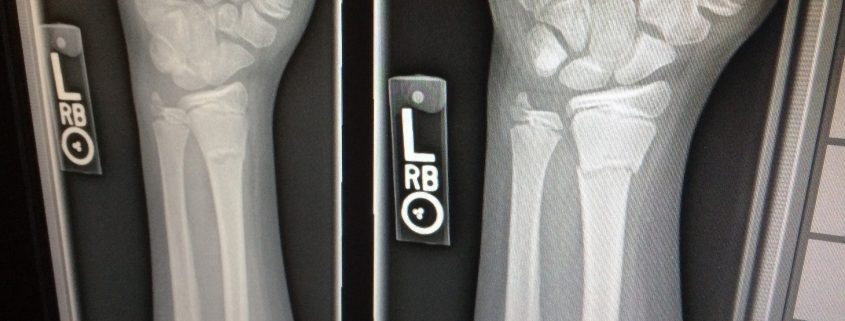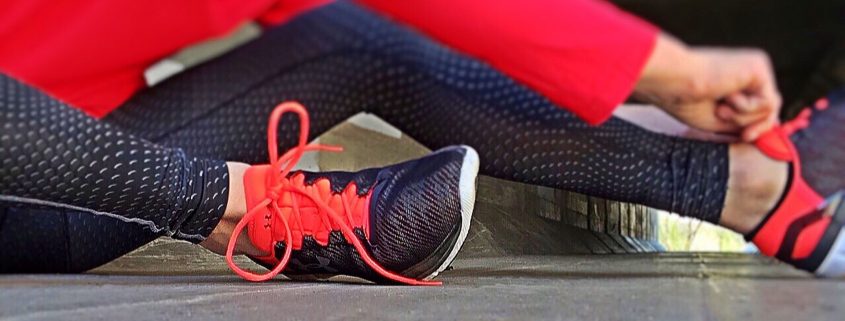What does compression have to do with tendonitis?
When you are suffering from pain that is caused by inflamed tendons, it can seem like it takes forever to heal. Tendonitis can prevent us from doing many of the things that we usually take for granted in our daily lives.
In our clinic we like to encourage our clients to continue their daily activities. However, in some cases these activities or exercises may be preventing a full recovery. How does one know which movements are harmful or not?
This is a great video that clearly explains why some movements are worse than others for injured tendons. Our rehab experts at Physiotherapy Active Rehab have an extensive knowledge of anatomy and biomechanics. This allows us to assess your unique situation and make a plan for your optimal recovery. If you have tendonitis and need a professional assessment, please give us a call.
Tendon Compression and Pain from RunningReform on Vimeo.




